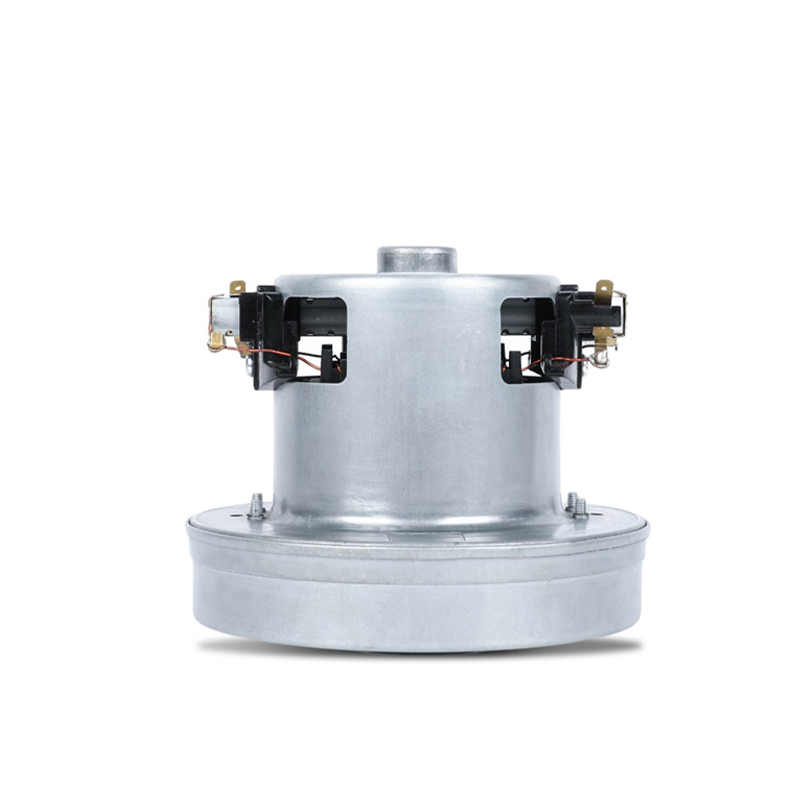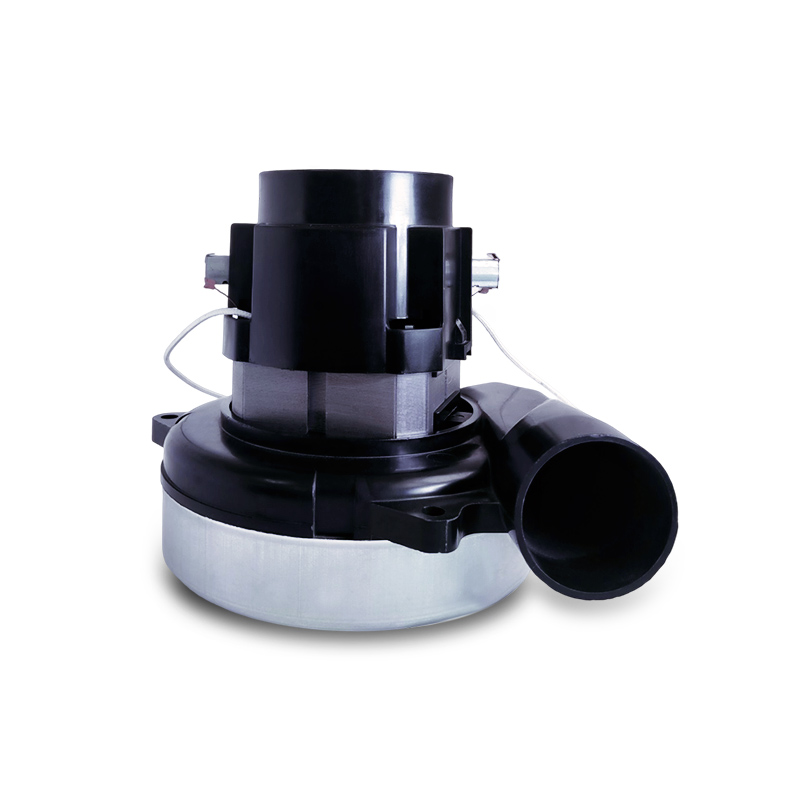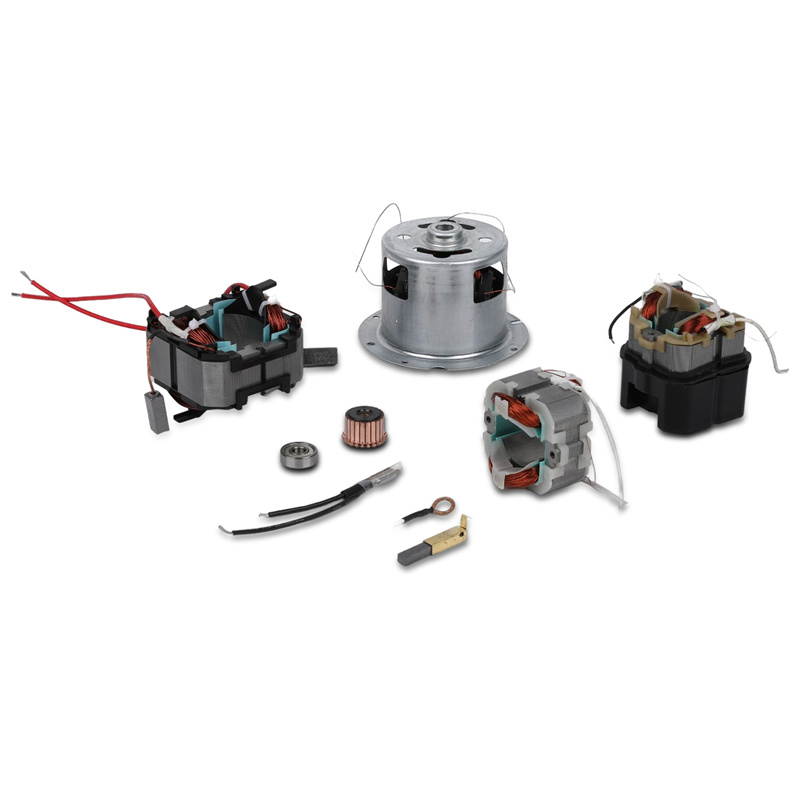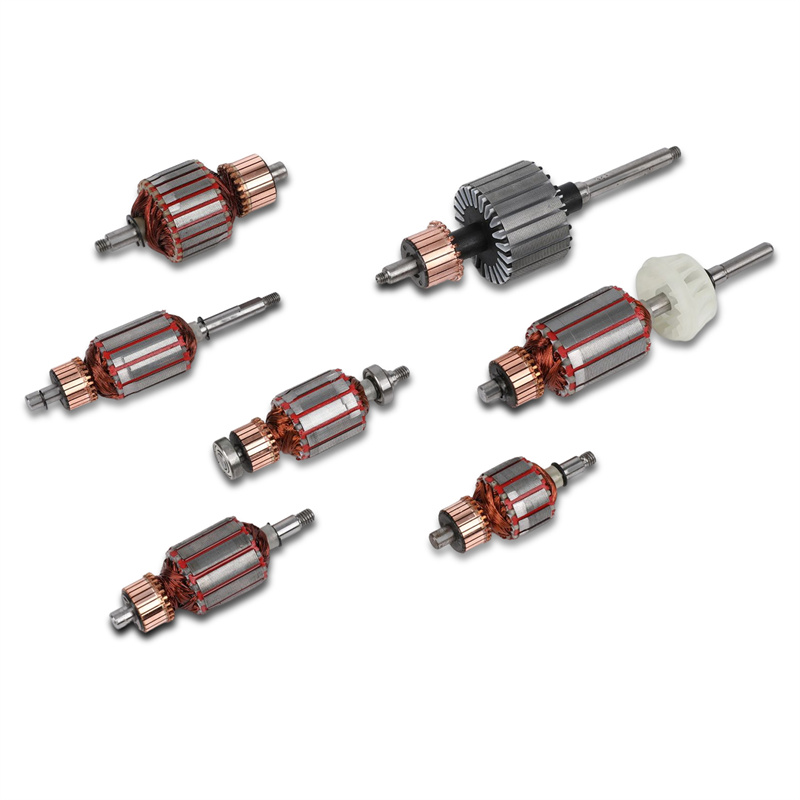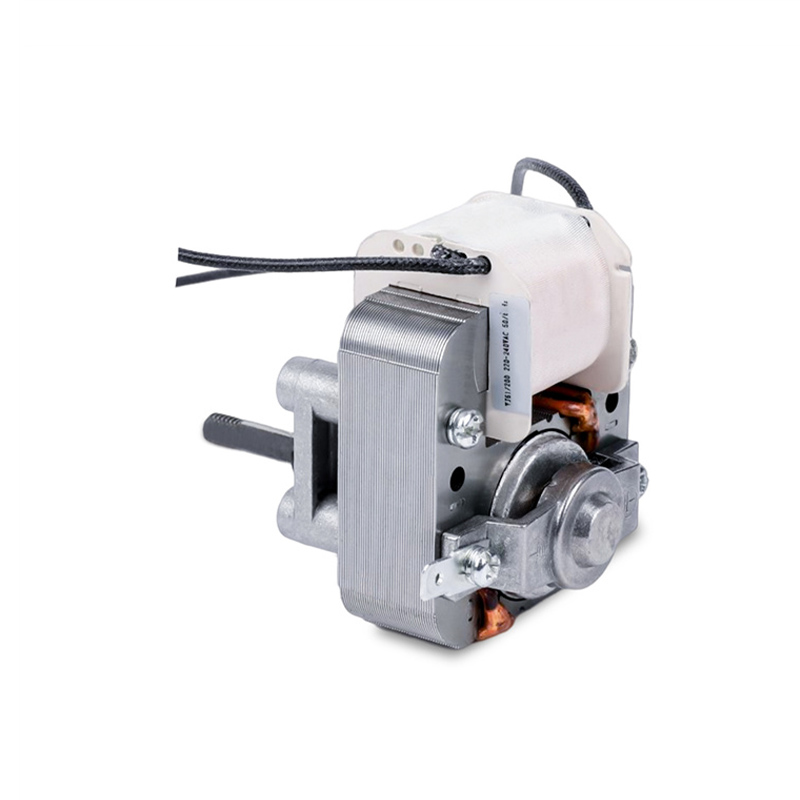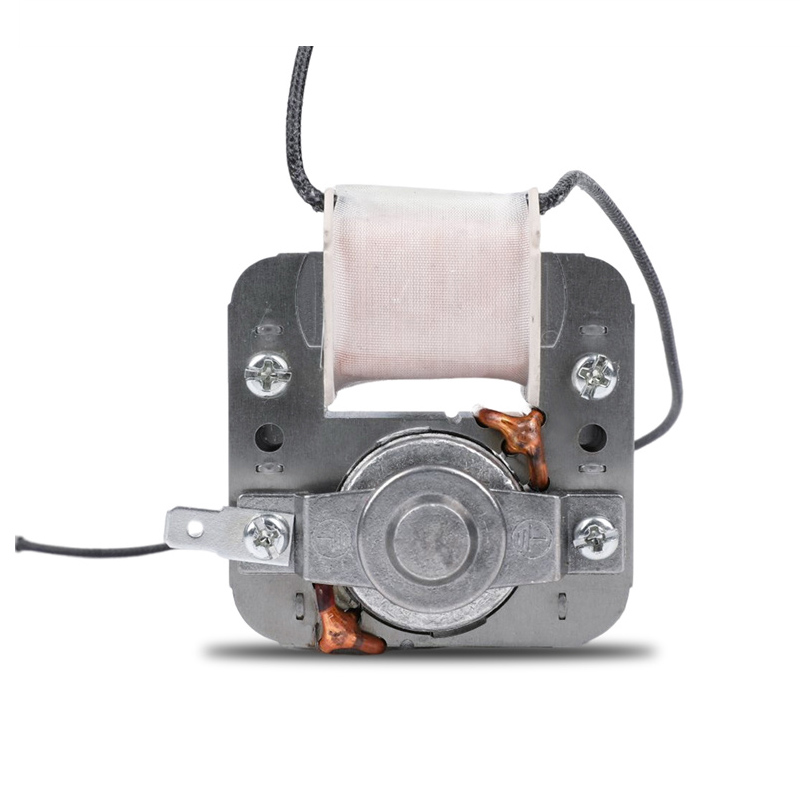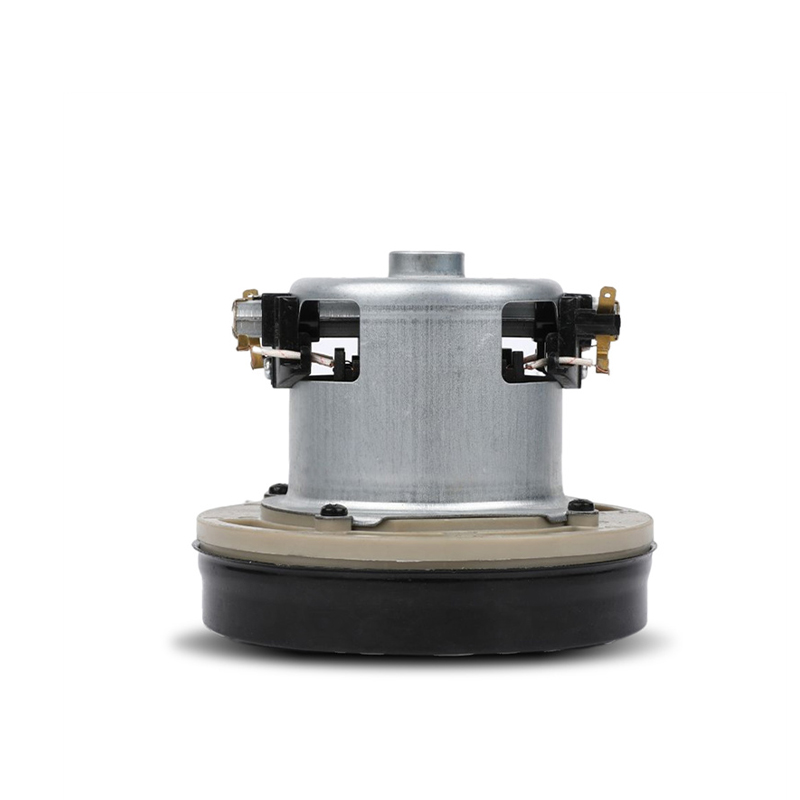The relationship between suction power and motor size in electric vacuum cleaner motors
Suction Power and Its Significance
Suction power, often measured in terms of air watts (AW) or cubic feet per minute (CFM), is the vacuum cleaner's ability to create a vacuum or negative pressure within its cleaning nozzle. This negative pressure is what allows the vacuum cleaner to lift and remove dirt, dust, and debris from various surfaces such as carpets, hardwood floors, and upholstery.
The importance of suction power cannot be overstated when it comes to the performance of a vacuum cleaner. It directly influences:
Cleaning Efficiency: Higher suction power means the vacuum cleaner can lift and remove dirt and debris more effectively. Stubborn or embedded particles are easier to dislodge and vacuum away.
Versatility: A vacuum cleaner with strong suction can handle a wider range of cleaning tasks, from picking up pet hair to cleaning high-pile carpets.
Air Quality: Effective suction ensures that particles are captured and contained within the vacuum cleaner's filtration system, improving indoor air quality by reducing the release of allergens and dust particles back into the air.
Motor Size and Suction Power
The size and design of the vacuum cleaner motor play a significant role in determining suction power. Here's how motor size influences suction power:
Larger Motors for More Suction: In general, larger motors have greater capacity to move air, resulting in higher suction power. A larger motor can create a stronger vacuum within the vacuum cleaner, allowing it to pull in more air and, consequently, more dirt and debris.
Wattage and Power: Motor size is often associated with wattage or power rating. Vacuum cleaners with higher wattage motors tend to generate more suction power. However, it's important to note that wattage alone is not a perfect indicator of suction power, as motor efficiency also plays a crucial role.
Motor Design: The design of the motor's impeller or fan is just as important as motor size. An efficient fan blade design can maximize the airflow and pressure generated by the motor, further enhancing suction power.
Balancing Act: Manufacturers must strike a balance between motor size and the overall design of the vacuum cleaner. While larger motors provide more suction power, they can make the vacuum cleaner bulkier and less portable. Therefore, vacuum cleaner engineers work to optimize motor size to meet performance goals without sacrificing usability.
Considerations for Motor Size and Suction Power
Home Size and Cleaning Needs: The choice of motor size should align with your cleaning requirements. If you have a large home with thick carpets and pets, a vacuum cleaner with a larger motor and higher suction power may be more effective.
Portability: Smaller motors are often used in handheld or stick vacuum cleaners, which are designed for quick cleanups and portability. Larger motors are common in full-sized upright or canister vacuum cleaners, which may be less portable but offer higher suction power for comprehensive cleaning.
Motor Efficiency: It's essential to consider not only motor size but also motor efficiency. A highly efficient motor can provide strong suction power while conserving energy and minimizing heat generation. This efficiency can be achieved through advanced motor design, quality materials, and innovative engineering.
Maintenance and Longevity: While larger motors may provide greater suction power, they can also generate more heat and wear over time. Consider the maintenance requirements and expected lifespan of the vacuum cleaner when choosing a motor size.
With plastic cover, concentrated air volume, can quickly take away heat, prolong the life of the motor
The number of impellers increases, the air volume is greater, and the vacuum is higher


 English
English Deutsch
Deutsch Español
Español 中文简体
中文简体